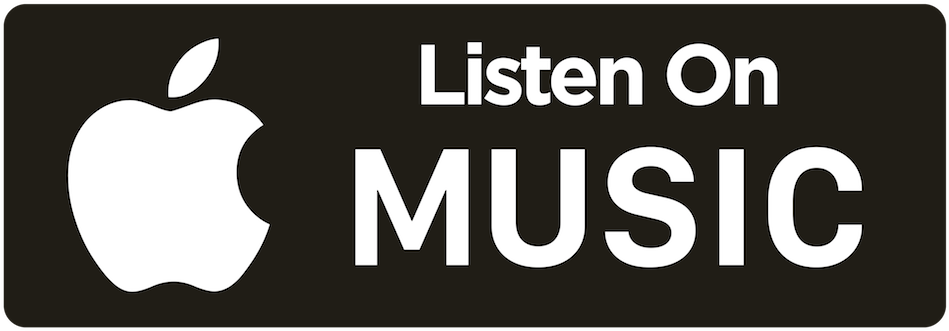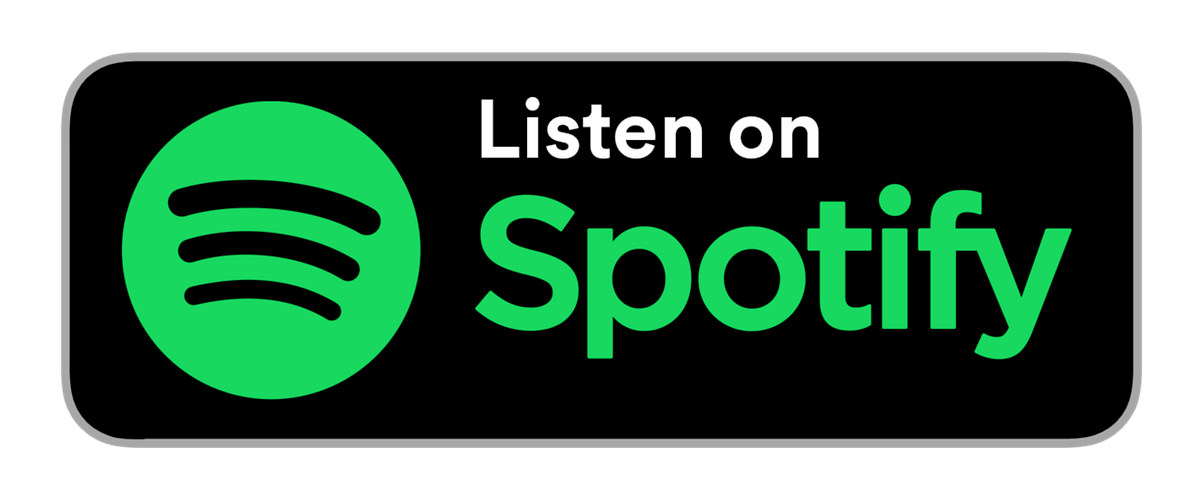Streets of Bakersfield by Pete Kurie
Liner notes by Colin S. Milne
Americana music, like any worthy folk tradition, is a perfectly functioning heirloom.
Colorful songs are handed from one generation to the next, constantly permuted by re-tellers and creative interpreters. It’s this contemporary use of the nation’s greatest genres that keeps jazz swinging in the French Quarter, twang flitting to the rafters of the Ryman, and Beale Street awash in the blues.
On Streets of Bakersfield, Los Angeles-based singer-songwriter Pete Kurie deftly reimagines ten classic songs that defined the “Bakersfield Sound”, a rich strand of country music with origins in Bakersfield, California.
Through Kurie’s masterful lens, timeless stories, so integral to Americana, glow anew in a modern context. Tales of desperate ne’er-do-wells, vulnerable characters bludgeoned by vestiges of broken love, confessions from road weary troubadours, and plaintive blue collar Joes barely scraping by feel as relevant today as ever.
Characterized by electric guitars borrowed from rock n’ roll, earnest lyrics reflecting the human condition and all its frailties, and an inclination towards strong backbeats, something introduced by scene progenitor Wynn Stewart, the Bakersfield Sound was simply, as country tunesmith and Songwriters Hall of Fame member Harlan Howard famously quipped--three chords and the truth!
It was also decidedly anti-Nashville. Music City’s commercial offerings of the time were overly polished affairs. Increasingly complex song structures buoyed by slick production and saccharine string arrangements stretched even the AM radio format.
The Bakersfield Sound, by contrast, represented a little preternatural rebellion to country’s entrenched line of business back in Nashville.
If the approach taken by Kurie’s Streets of Bakersfield sounds daring, it is. The album is simultaneously an exercise in musical preservation and transformation.
The hallmark guitars--electric, acoustic, and steel--upright piano, and fiddles prominent in traditional country music root this album in familiar soil.
Then the twists begin.
Here, Homer Joy’s 1973 ode-to-the-movement “Streets of Bakersfield” sheds its clunky walking bass line for grimy synths and a boisterous funk interpretation that would feel right at home on Songs in the Key of Life.
“LA International Airport”, a bouncy hit for Susan Raye in 1971, somehow feels more forlorn than ever amid the company of swirling organs, punchy guitar, and a club-ready chorus.
Merle Haggard’s brooding “Tonight the Bottle Let Me Down” is slowed to an eerie dirge replete with high, lonesome fiddle motifs and electronic adornments that quite mimic the noise in one’s head while otiosely ruminating.
The story of how country music found a stable outpost in Bakersfield dates back two decades before the development of the city’s signature sound. The Dustbowl diaspora of the 1930s lured caravans of laboring migrants from Texas, Oklahoma, Arkansas and other midwest points to California’s oil and agriculturally rich central region.
Fleeing the crippling one-two punch of generational draughts and a relentless Great Depression economy at home, these “Okies” headed west, native music in tow, in search of littoral milk and honey where the Pacific cedes to mountains and fault lines.
If the Bakersfield Sound had an epicenter, it may have well stood at 2301 South Union Avenue, the present-day headquarters of the Kern County Basque Club.
In the early 1950s, that address belonged to Rainbow Gardens, an all-ages dance hall and ad hoc honky-tonk.
A steady freight train of the era’s top country and western stars rumbled through Rainbow Gardens including Lefty Frizzell, Ferlin Husky, and Bob Wills, the storied King of Western Swing. The audience on many nights packed with impressionable upstarts from the local country music scene--pickers, singers, and songsmiths all coming to pay homage to the nationally touring heavyweights of twang.
Two compatriots here would elevate Bakersfield as a hub of country music, a veritable west coast Nashville.
The first was Buck Owens, a former radio host and truck driver from Texas. The other was Merle Haggard, a young singer and guitarist from a checkered Bakersfield past.
Rainbow Gardens, along with honkey-tonks such as The Blackboard and regional television shows, gave country performers from Bakersfield and surrounding areas a platform to showcase their burgeoning artistry.
In 1949, Cliff Crofford, along with Bill Woods and his Orange Blossom Playboy’s made the journey south to Los Angeles and recorded “Have I Got a Chance With You” for Modern Records. The occasion marked the first appearances of Bakersfield country artists on an established label.
Kentucky transplant John “Hillbilly Barton” Grimes, established a local Bakersfield record company in 1952. Grimes also importantly penned “A Dear John Letter”, a pivotal moment for the scene and what would become the first national hit out of Bakersfield.
Fuzzy Owen and Bonnie Owens, Buck’s erstwhile wife and future wife of Haggard, recorded a version of “A Dear John Letter” for Mar-Vel records. Another duet of the song by Jean Shepard and Ferlin Husky landed at number one in 1953.
The Bakersfield Sound was fully emergent by the time Shepard released the Harlan Howard penned “For the Children’s Sake” in 1960.
Over the next ten years, Buck Owens and Haggard alone would reshape the country music landscape with a string of chart-topping gems that included “Act Naturally”, “Together Again”, “Mama Tried”, and “Okie from Muskogee”.
Interestingly, the Bakersfield Sound has always been circulated by champions from beyond immediate genre walls.
Even as Haggard and company actively architected the music’s legacy, a diverse set of artists gathered at the river bank, drawing proverbial buckets of inspiration from Bakersfield’s flowing current before scattering in divergent paths up hill.
From Bob Dylan’s country infatuation phase and the Laurel Canyon incubator that spawned The Eagles and Gram Parsons, to the angelic confessions of Emmylou Harris and Linda Rondstadt, to the spiraling country psychedelia of the Grateful Dead and The Flying Burrito Brothers, entire swaths of 1970s music were dipped in the Bakersfield Sound.
Six-string sharpshooters Marty Stuart and Dwight Yoakam recast the Sound for the 1980s and 1990s.
And as Bakersfield Sound legacy dictates, the time for the next iteration is now.
Kurie, who holds advanced degrees in cultural anthropology, proves out the reverent pedigree he brings to the mission--at once artfully bending the sonic edges of the Bakersfield Sound into new frames while protecting the sacrosanct humanness of the music like only a scientist of peoples and societies could.
The result is a Bakersfield Sound updated in both form and function for 2021 and beyond.



